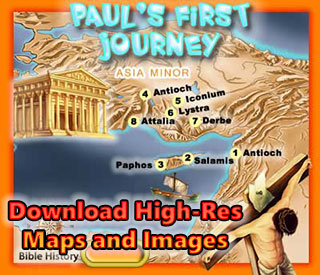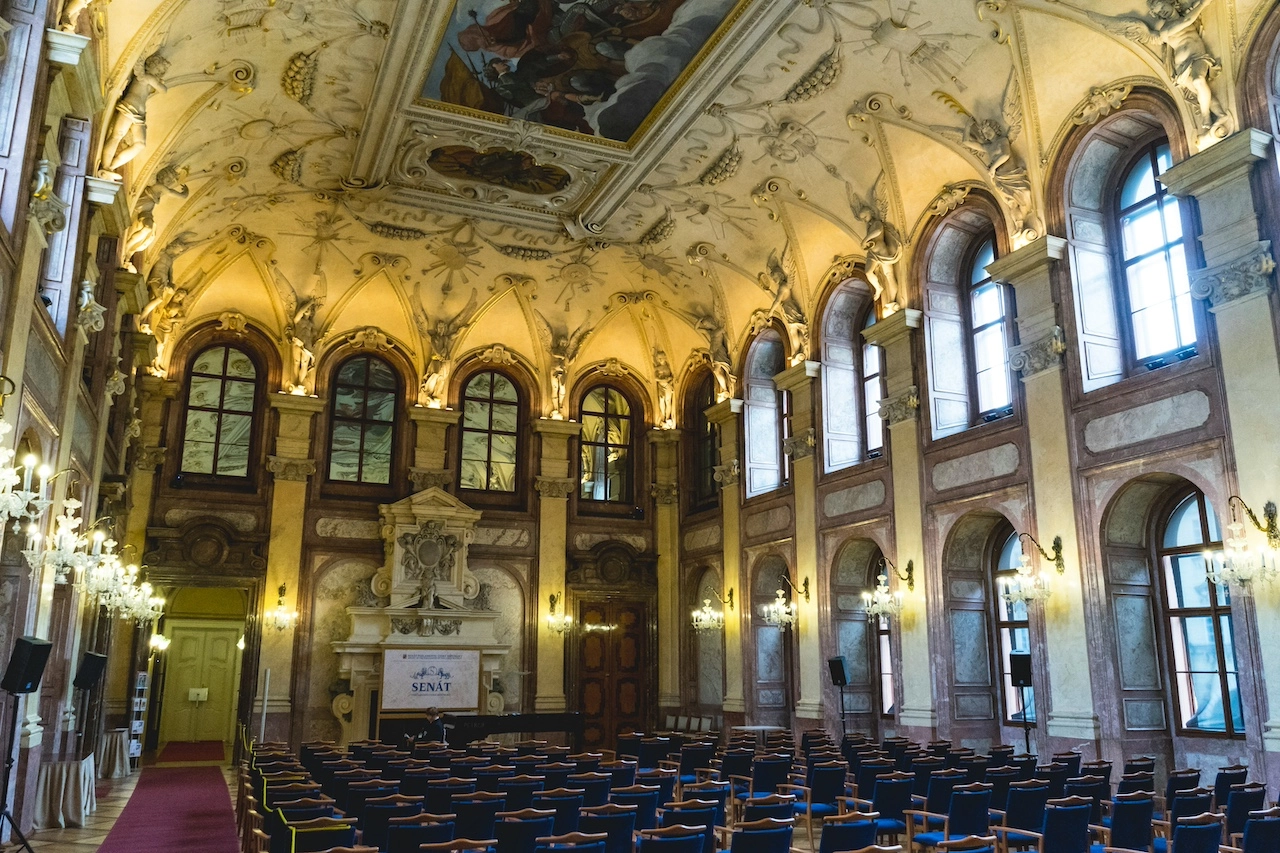|

|
|
|
|
More Than Just a Chair: The History and Significance of Church Seating

Step into any church, and the rows of seating are likely the first element to catch your eye. But these chairs, pews, or benches are more than just furniture; they hold a rich history and reflect the evolving practices and beliefs of religious communities. This post delves into the fascinating story of church seating, exploring its significance from the early days of Christianity to the modern era.
From Standing Room Only to Early Benches:
The very first Christian gatherings lacked dedicated seating. Early Christians, often meeting in private homes or hidden spaces, worshipped in a more fluid manner, standing, kneeling, or moving around freely. However, as Christianity spread and church architecture developed, the need for seating arose.
The 13th century saw the introduction of simple stone benches, lining the walls of churches in a semi-circular formation. These early benches offered a place of rest for the elderly and infirm, reflecting a shift towards a more structured service format.
The Rise of the Pew and the Protestant Reformation:
By the 14th and 15th centuries, wooden pews began to replace their stone counterparts. These long benches with backs offered greater comfort and facilitated a more focused worship experience, with congregations facing the pulpit for sermons. The Protestant Reformation in the 16th century further solidified the importance of pews. With a greater emphasis on preaching and active listening, pews became central to the worship space.
Pews as Status Symbols and the Move Towards Inclusivity:
However, pews also became entangled with social hierarchy. Wealthier families could purchase their own pews, often located closer to the front of the church, reflecting their social standing. This practice went against the egalitarian ideals of some Protestant denominations, leading to a push for more communal seating arrangements.
The 20th and 21st Centuries: Flexibility and Modern Comfort
The 20th and 21st centuries witnessed a significant shift in church seating preferences. The rise of more informal worship styles and a growing focus on community within the church space led to a demand for flexible seating solutions. Detachable chairs, stackable seating options, and even circular arrangements became increasingly popular.
Modern Seating: Catering to a Diverse Congregation
Today, church furniture companies offer a wide variety of modern church chairs. These chairs prioritize comfort and functionality, often featuring ergonomic designs, upholstered seating, and integrated cup holders. Modern church seating also reflects a growing focus on inclusivity. Wider seats, built-in cup holders, and movable chairs cater to the needs of older adults or those with mobility limitations.
The Significance of Seating: Beyond Comfort
The history of church seating is not just about physical comfort; it reflects the changing needs and practices of religious communities. From the early days of standing room only to the rise of the pew and the emergence of modern seating options, church seating has played a vital role in shaping the worship experience for centuries. Seating arrangements can influence everything from the focus of the service to the sense of community within the congregation.
A Look to the Future
As church demographics continue to evolve, the demand for flexible and inclusive seating solutions is likely to remain strong. We can expect to see continued innovation in church furniture, with chairs that are not only comfortable and functional but also contribute to a welcoming and spiritually enriching worship space.
Relieve pain and improve your health with expert chiropractic care. Find a trusted chiropractor near you for better posture and wellness.
Tags: church church furniture church chairs church seating church renovation church pews
Kid's Bible Maps
Bible History Online
The Geography of the Bible
© Bible History Online (https://bible-history.com)
Made by Network Local

Kids Bible Maps
About
Us
Contact Us
To
Parents
To
Teachers
Kids Bible Blog
Using Our Maps
Mission
Statement
Doctrinal
Statement
Instructions
Popular Bible Maps
The Journey of Abraham
Moses and the Exodus
Joshua and the Land
The Kingdom of David
The Kingdom of Solomon
Israel in Jesus' Time
Paul's First Journey
The Land of Israel
The Land of Egypt
The Land of Assyria
The Land of Babylon
The Land of Persia
The Land of Greece
The City of Rome
Noah's Ark and Mt. Ararat
The Tower of Babel
The Old Testament World
The New Testament World
Ancient Empires
Moses and the 10 Plagues
Ancient Peoples
The 10 Commandments
The 12 Tribes of Israel
The Ministry of Jesus
Bible Stories with Maps
Daniel in the Lions Den
David and Goliath
Baby Moses
Jesus and the Little Children
Coloring Book Images
Coloring Book
Donkey
Camel
Lamb
Noah's Ark
Noah's 3 Sons
Abraham
Sheep
Lion